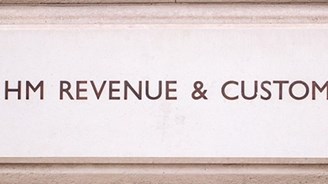Do you know a true and fair view when you see one?

It's always been difficult to know exactly what is meant by a true and fair view but broadly, complying with relevant accounting standards and with company legislation, should deliver it, other than in very exceptional circumstances.
However, what constitutes a true and fair view may look very different depending on the accounting standard applied or accounting policy choices adopted.
An investment property reporting under FRS 102 would be expected to account for its investment properties at fair value through profit and loss. If it was reporting under IFRS however, it would have an accounting policy choice between the fair value model or the cost model. So, we could end up with substantially different treatments and yet still be delivering a true and fair view (assuming of course the policies are clearly disclosed).
To add further complexity, if the company was instead reporting under FRS 105, it would be accounting for the property under the cost model, but its accounts would be presumed in law to show a true and fair (assuming that the minimum accounting items are included).
So, what do we need to consider?
FRS 105
As noted above, if the accounts are prepared in accordance with FRS 105, they will be presumed in law to show a true and fair view as long as the micro-entity minimum accounting items are included. These are set out in Sections 3, 4, 5 and 6 of FRS 105.
There is no requirement to include additional disclosure to achieve an ‘actual’ rather than just a ‘presumed in law’ true and fair view. However, if the micro-entity includes additional information, it shall have regard to any requirement of Section 1A of FRS 102 that relates to that information.
A word of warning though, given the general lack of disclosure under FRS 105 it is possible, on very rare occasions that the accounts may be misleading without some additional disclosure. As professional accountants, we would not be able to associate ourselves with misleading information and may therefore need the entity to include additional disclosure to avoid the accounts being misleading.
FRS 102
In most cases, by following the requirements of the standard and company law, the accounts will give a true and fair view. Where they don’t, the solution is almost always additional disclosure.
Whenever you conclude that there is no specific disclosure requirement in the standard, always consider whether the disclosure is nevertheless required in order to achieve a true and fair view.
Additional disclosure is often needed for transactions which are particularly unusual or significant for the entity.
If preparing the accounts under Section 1A, a particular disclosure point to be wary of is the disclosure relating to material uncertainties related to events or conditions that cast significant doubt upon the small entity’s ability to continue as a going concern (paragraph 3.9). Whilst not specifically required under Section 1A, it’s difficult to see how the accounts would be true and fair without such a disclosure, where there were material uncertainties.
How Mercia can help?
The majority of our manuals include disclosure checklists and proforma accounts for relevant financial reporting frameworks and our accountancy / financial reporting update courses often include topical discussions such as on the ‘True and Fair’ concept.



